I originally started writing this as a supplementary blog post to go along with a short autobiography manga that I’ll be releasing soon, but I got a bit carried away and ended up becoming a lot longer than I expected. So I decided it’ll be better to make this a standalone piece as a bit of a prelude(?) to set the stage for my upcoming release.
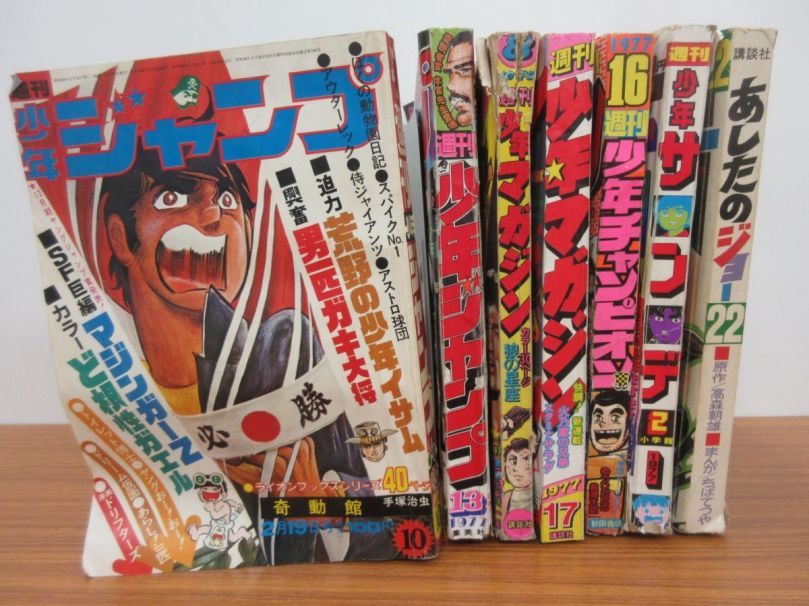
Disclaimer: while I labeled it as the “1970s”, the time frame discussed here is technically more like 1968 to 1978.
A Generation Shift
The 70s was one of the most bizarre and controversial decade for the shounen manga market. The two juggernauts that dominated the 60s, Kodansha’s Weekly Shounen Magazine (WSM) and Shogakukan’s Weekly Shounen Sunday (WSS), started featuring more and more mature content towards the end of the 60s as their first generation readers grew older. This ended up causing young new readers to funnel towards the Shueisha’s newly founded Weekly Shounen Jump, which eventually surpassed WSM in circulation in 1973.
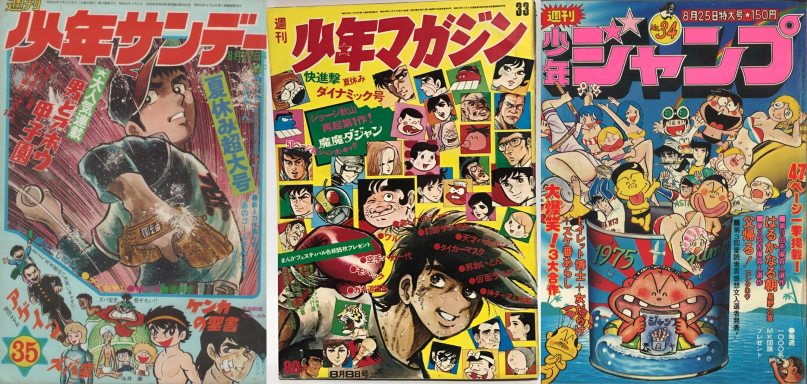
Champion’s Rise to the Top
However, the true star of this decade turned out to be Akita Shoten’s Weekly Shounen Champion. Compared to the big name publishers such as Kodansha and Shogakukan, Akita Shoten was a relativity small company that grew by printing tankobon volumes of popular series from big publishers under the “Sunday Comics” label. At the time, big publishers such as Shogakukan considered volume releases unprofitable and stuck to magazine releases only, allowing smaller publishers to scoop up the rights to tankobon printing.
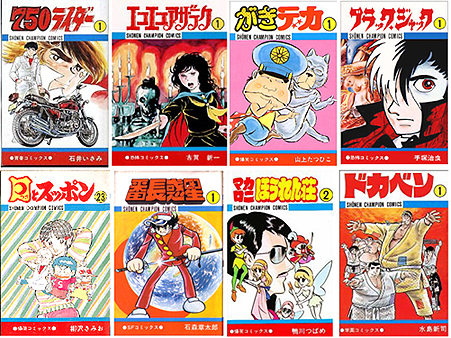
Bolstered by the success of the Sunday Comics , Akita Shoten launched Shounen Champion in 1969, their very own shounen manga magazine. Despite being a late-comer in what was then considered a pretty saturated market, the magazine exploded in popularity in the early-1970s. The success of Dokaben by Mizushima Shinji and Black Jack by Tezuka Osamu, along with a chain of hits such as Macaroni Hourensou, Cutie Honey, Mars, etc. propelled the magazine to the very top of the competition. Shounen Champion went neck and neck against Shounen Jump through the mid-70s, and on January 1977, it came out ahead by becoming the first manga magazine to reach the 2 million print milestone.
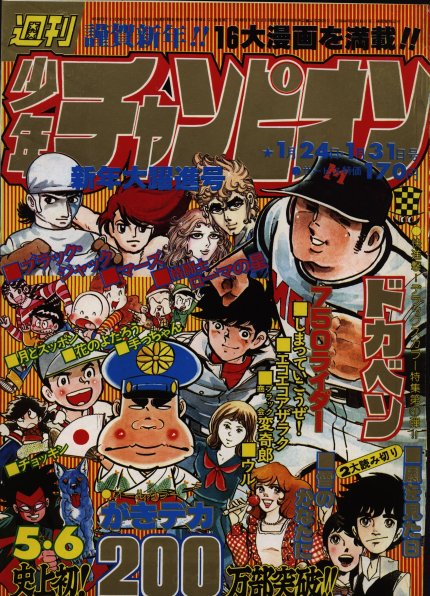
A Decade of Rebellion
Due to the impact of student protest movements in Japan at the time, the late-60s/early-70s saw many authors experimenting with the boundaries of the “shounen” demographic, and as a result gave birth to some of the darkest and most controversial moments in shounen manga history. Go Nagai opted to brutally kill his core cast in the infamous “Harenchi War” arc of Harenchi Gakuen (Jump), and depicted similar themes of chaos and nihilism in his grimdark classic, Devilman (WSM).
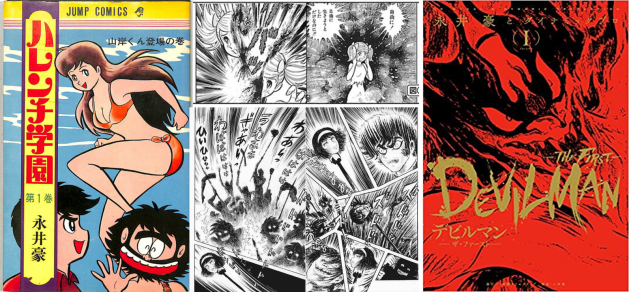
Meanwhile, George Akiyama stirred the nation with his vivid depiction of cannibalism in Asura, causing couple issues of WSM banned in Kanagawa Prefecture. He continued to raise controversy with his short series Confessions (Sunday) where he (falsely) “confessed” to committing a murder and eventually “retires” at the end by terminating all the other serializations he had at the time. (He comes back with a new serialization in Jump three months later).
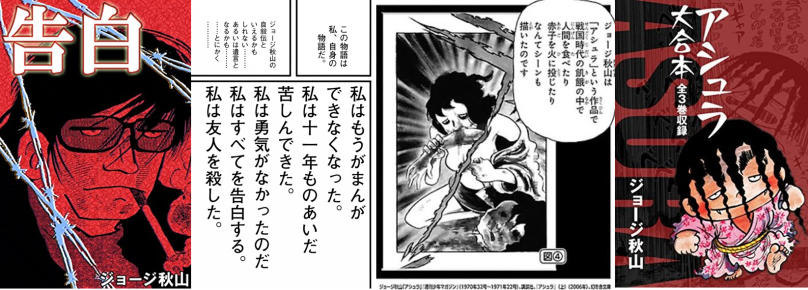
Even Tezuka Osamu pushed the boundaries of sexual expression with Apollo’s Song (Shounen King), which featured one of the first sex scenes depicted in a shounen magazine, and continued to explore sexual themes in Yakeppachi no Maria (Champion).
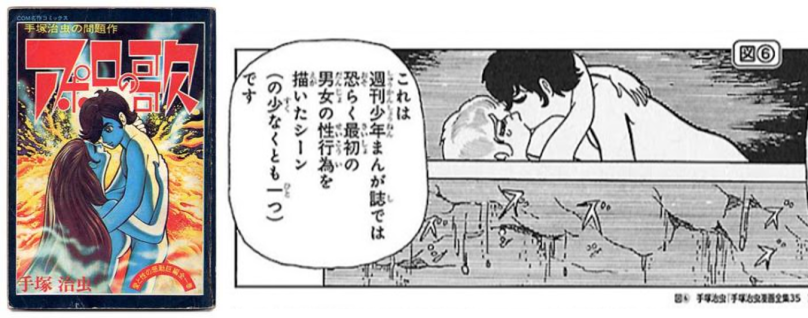
During this time, Weekly Shounen Magazine, which was already a major proponent of mature “gekiga” style, cemented itself as a key symbol of student activism in Japan, gaining popularity amount the student protesters and earning the phrase:
(Asahi) Journal in the right hand, (Shounen) Magazine in the left.
On to the 1980s…
And this brings us to the late-70s and onto a new decade, where we see another paradigm shift as the pendulum swings back, and in the midst of all this a certain new mangaka enters the scene…
To be Continued in Seishun Shounen Magazine 1978-1983 and State of (Weekly) Shounen Manga in the early-80s.
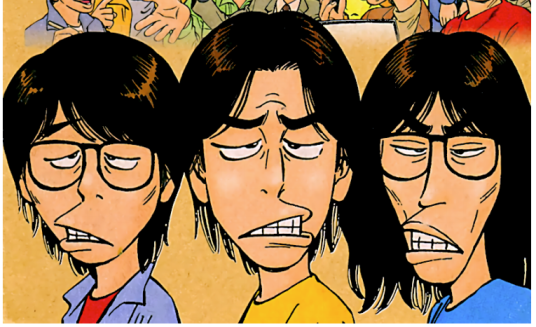

[…] For this first part, I’ll be going over the mangaka listed in table of contents of WSM 1978 Issue No. 46 that was featured in Chapter 3. For more background on the industry leading up to this period, check out my overview of the weekly shounen manga market during the 1970s. […]
LikeLike
Interesting. What make other weekly magazine fall hard compared to WSJ now? I noticed that WSJ circulation doubled shonen magazine, champion, etc etc. Is there no interesting title now in weekly shonen or champion?
LikeLike
It’s mainly the more cut-throat and newcomer-friendly system of WSJ allowing them to constantly cycle through authors and making it easier for new talents to emerge that can resonate with new readers.
Also, Jump is kind of the only magazine that is geared for young and first-time readers with aim for mainstream appeal, while other magazines tend to go for more specific niches.
LikeLiked by 1 person
Thank you. Now that you said about other shonen magazine aiming for specific niches, when I’m reading WSM, sometimes I’m surprised by the content. There’s a manga I know that have gay character that get to kiss his crush. Full frontal kiss between two male main characters. All I think “There’s no way Shonen Jump would allow this thing. Lol”
LikeLiked by 1 person
[…] is a follow-up piece of a similar piece that I did for the 1970s to set the stage for short biography, Seishun Shounen Magazine 1978-1783. This one basically covers […]
LikeLike
[…] State of (Weekly) Shounen Manga Magazines in the 1970s […]
LikeLike
[…] State of (Weekly) Shounen Manga Magazines in the 1970s […]
LikeLike